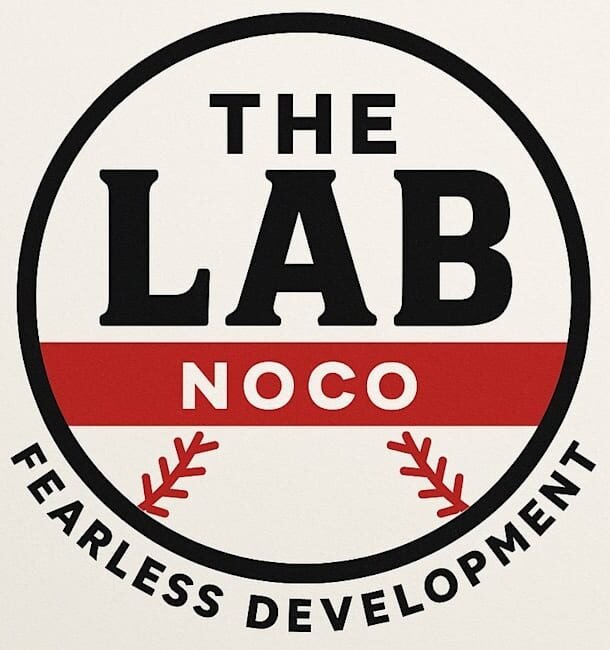When people think about baseball and softball development, they often picture long hours in the cage, endless bullpen sessions, or strength training in the weight room. While all of these are critical, one of the most overlooked elements of athletic success is recovery—especially for throwing athletes.
Why Recovery Matters
Throwing a baseball or softball is one of the most explosive and unnatural movements in sports. A single pitch places enormous stress on the shoulder, elbow, and surrounding muscles. Multiply that by dozens—or even hundreds—of throws in a week, and you can see how quickly fatigue and overuse can set in.
Recovery is what allows the body to adapt, repair, and grow stronger. Without it, athletes risk more than just soreness—they put themselves at higher risk of overuse injuries such as tendonitis, ligament tears, or chronic shoulder and elbow pain.
The Science Behind Rest
Muscles don’t grow or repair during training; they adapt after training, when given proper rest, hydration, and nutrition. This principle applies directly to throwing athletes: time off the mound is just as important as time on it.
-
Tissue repair: Microtears from throwing are normal. Recovery helps these tissues rebuild stronger.
-
Nervous system reset: Intense training taxes not just muscles, but the nervous system. Rest restores coordination and reaction time.
-
Injury prevention: Structured recovery reduces the chance of breakdowns in mechanics caused by fatigue.
Practical Ways to Recover
Recovery doesn’t mean doing nothing—it means being intentional about how the body heals. Here are some strategies we emphasize with our athletes:
-
Active recovery: Light mobility work, stretching, or low-intensity cardio to promote blood flow.
-
Arm care routines: Bands, shoulder stabilization exercises, and proper warm-up/cool-down.
-
Sleep: At least 8 hours per night to allow full recovery.
-
Hydration and nutrition: Fueling the body with lean protein, healthy carbs, and plenty of water.
-
Throwing limits: Sticking to pitch counts and rest days, especially for youth athletes.
The Mental Side of Recovery
Rest also helps athletes reset mentally. A fatigued mind can lead to sloppy mechanics, frustration, or burnout. Time away from intense throwing sessions gives athletes the chance to come back sharper and more focused.
Building Champions Through Balance
At The Lab, we believe the best athletes are those who balance hard work with smart recovery. The goal isn’t just to build a strong arm for today, but to develop healthy, fearless athletes who can compete for years to come.
